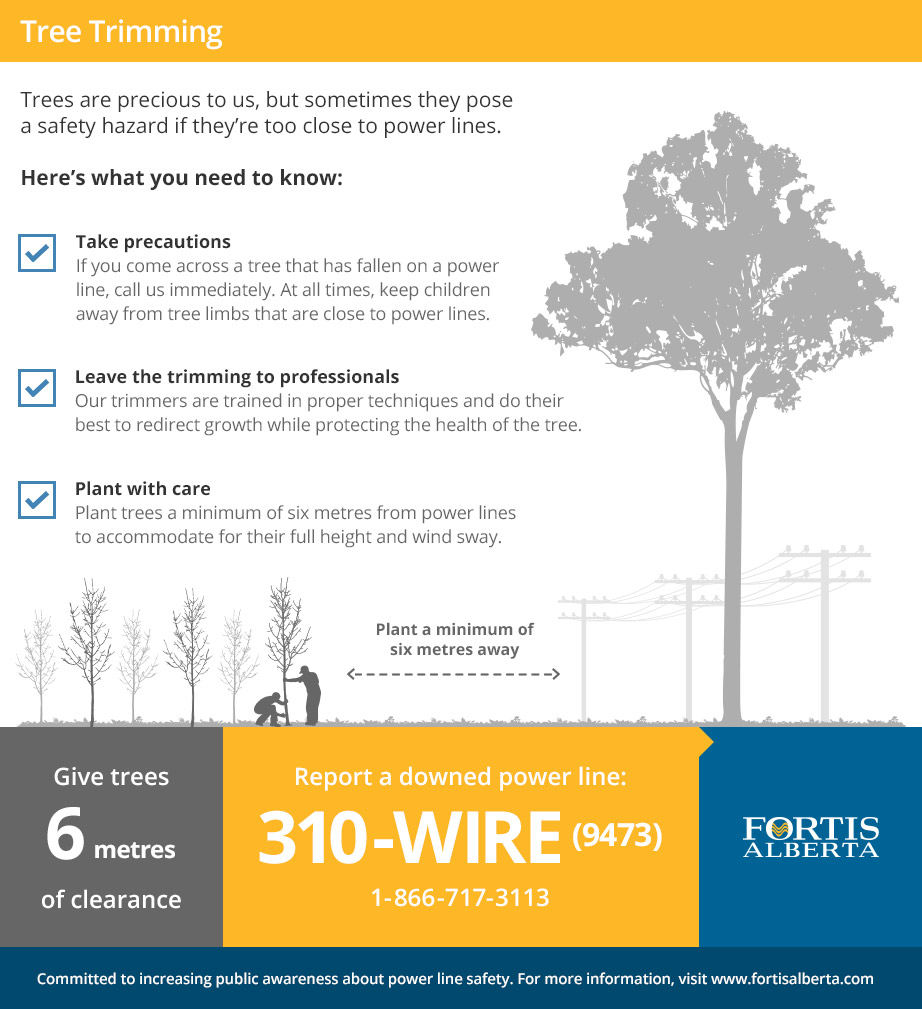The Ecological Effect Of Tree Removal: What You Should Know
The Ecological Effect Of Tree Removal: What You Should Know
Blog Article
Write-Up By-Oliver Boyette
When it comes to the ecological effect of tree removal, there are vital facets that require your focus. From the elaborate web of connections within communities to the subsequent effects on climate patterns, the repercussions are extensive. https://www.mcall.com/business/real-estate/mc-pools-sunday-real-0405-20150403-story.html may be shocked to uncover the intricate methods which the elimination of trees can resound throughout the setting. Stay tuned to unravel the elaborate links and ramifications of this relatively simple act.
Logging and Habitat Loss
Deforestation and environment loss are vital issues coming from tree elimination. When trees are reduced, it interrupts whole ecological communities. Not only are the trees themselves lost, however the homes and food sources of numerous plant and pet types are ruined as well. https://docs.google.com/spreadsheets/d/1qfkgIadKrm00YWl1hm9FKaa5j9nflskCYdp2SyLxgoY/edit?usp=drive_link lose their nesting sites, mammals shed their shelter, and insects shed their environments. The results ripple through the food web, impacting killers and prey alike.
Moreover, deforestation contributes to climate adjustment. Trees play a vital role in soaking up co2, a greenhouse gas that catches heat in the ambience. With fewer trees, there's less carbon dioxide absorption, bring about enhanced degrees of this gas in the environment and worsening global warming.
Habitat loss is a straight outcome of logging, as the damage of forests implies the loss of unique and varied ecosystems. Lots of types are not able to adjust to quick changes in their setting, leading to population decreases and, in many cases, extinction.
Securing woodlands is necessary to keeping the fragile equilibrium of nature and making sure the survival of countless plant and animal types.
Influence on Biodiversity
The removal of trees has a significant impact on biodiversity, impacting the variety and abundance of plant and pet species in an area. Trees offer habitat and food sources for many organisms, from insects to birds to mammals. When trees are removed, these varieties shed their homes and sources of nutrition, bring about a decline in their populaces. This disruption can have cascading results on the entire environment.
Additionally, trees play a crucial role in maintaining biodiversity by creating microhabitats within their canopies, trunks, and roots that sustain a wide variety of types. When trees are reduced, these specialized environments are damaged, lowering the total variety of the area.
In addition, the removal of trees can cause a decrease in genetic variety within plant populaces, as certain tree varieties may no more have the ability to reproduce or distribute properly. Shielding trees and woodlands is essential for protecting biodiversity and guaranteeing the health of ecosystems for future generations.
Soil Disintegration and Climate Modification
With trees being gotten rid of from an area, the disturbance of dirt framework and security occurs, causing boosted soil erosion. Trees play a vital function in protecting against erosion by holding soil in place with their origin systems. When trees are gotten rid of, particularly in large numbers, the soil comes to be much more susceptible to erosion from wind and water. This erosion not only impacts the prompt environments but can also cause sedimentation in close-by water bodies, affecting water top quality and marine communities.
Furthermore, trees assist control the climate by taking in co2 throughout photosynthesis. When trees are reduced, this natural carbon sink is diminished, adding to enhanced levels of greenhouse gases in the atmosphere. This can exacerbate climate adjustment, leading to more severe weather events and disturbances in ecological communities worldwide.
Therefore, the elimination of trees not just increases soil erosion yet also contributes in the larger ecological problem of environment change. It's essential to consider these factors when examining the influences of tree removal on the atmosphere.
Conclusion
Since you know the environmental effect of tree removal, take into consideration the effects before cutting down trees. Deforestation interrupts environments, minimizes biodiversity, and adds to soil disintegration and environment adjustment. By bearing in mind the impact of tree elimination, you can help shield our atmosphere and maintain the delicate equilibrium of nature. Make informed tree pruning and consider alternative remedies to lessen the adverse impacts on our earth.
